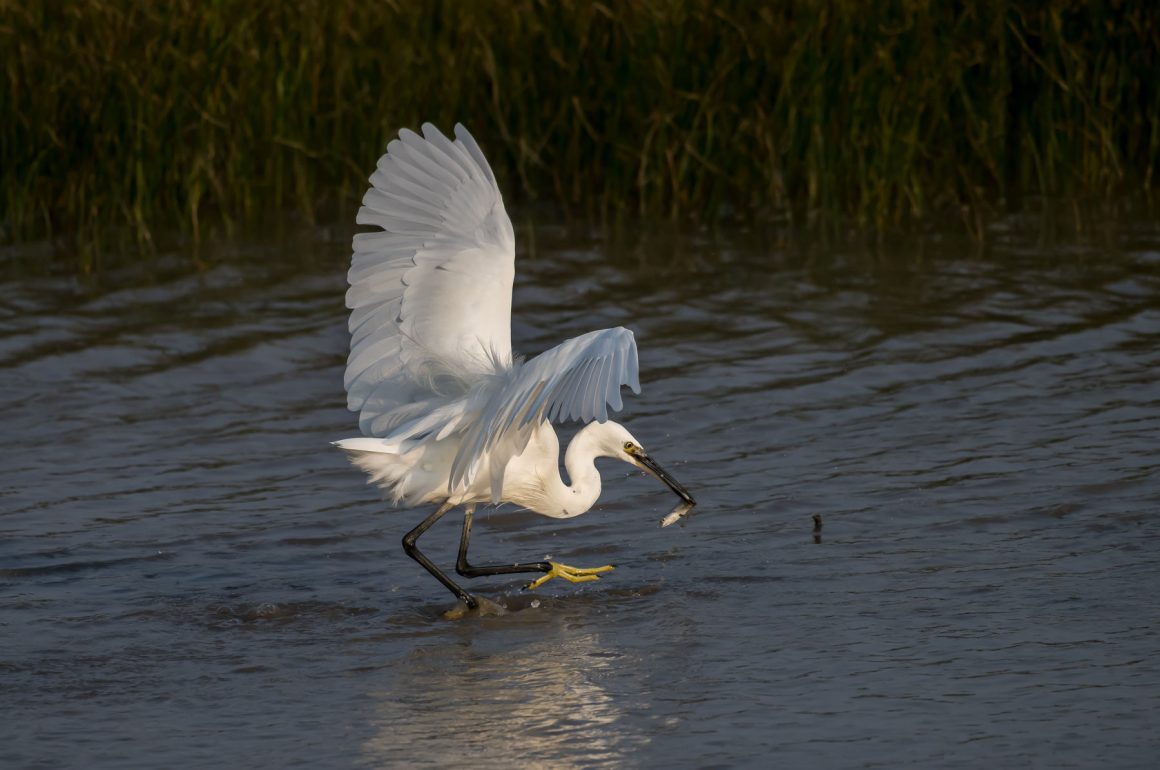
Little Egrets are a species that can lead to disappointment among birders. Some non-birding friends (or just passers-by trying to help a bird photographer) may excitedly tell you that somewhere, there are “many birds”. It then turns out that all of them are Little Egrets – impressive birds for non-birders, but hardly worth a glance once you start spending too much time looking for birds.
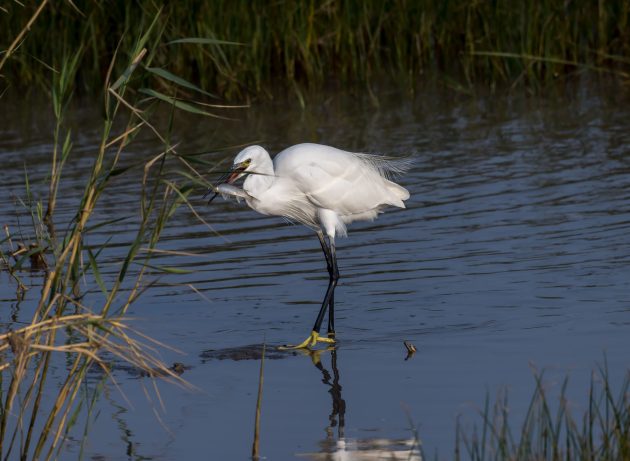
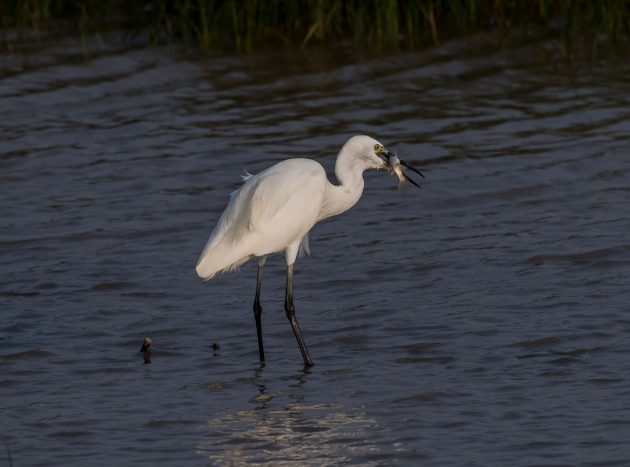
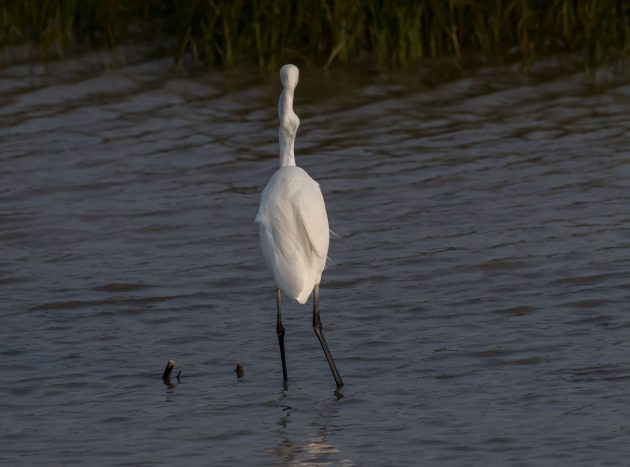
However, they can sometimes be interesting to watch – particularly when they use a specific feeding technique, “running”. In “The Herons” (Hancock, Kushlan), this is described as follows:
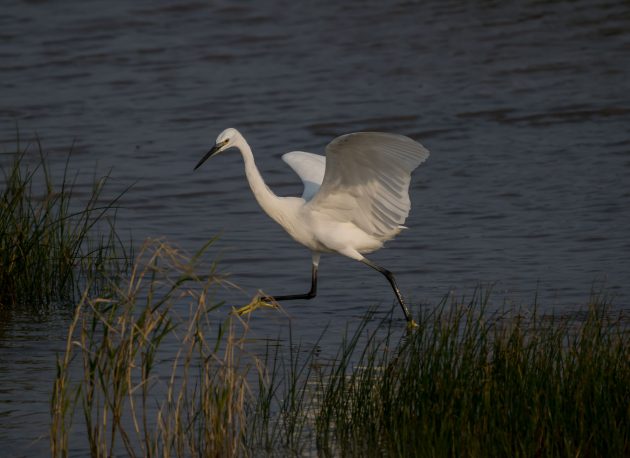
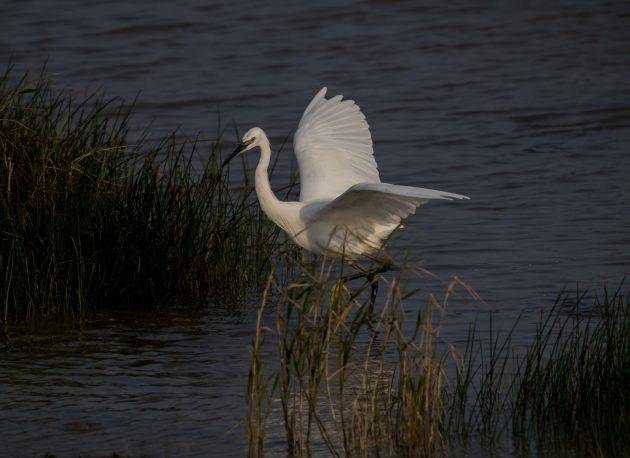
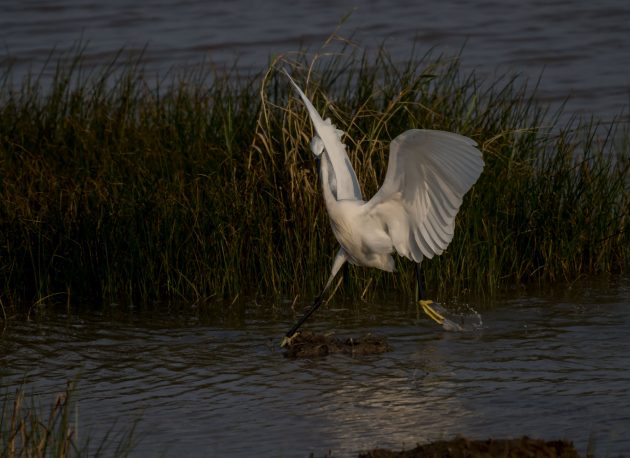
“A Running heron dashes about, usually to chase after specific prey items. It often moves so quickly that it uses its wings for balance, to gain lift to move faster, and for stopping.”
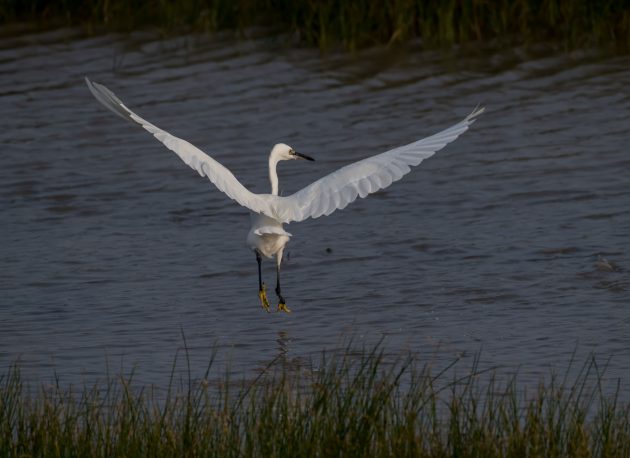
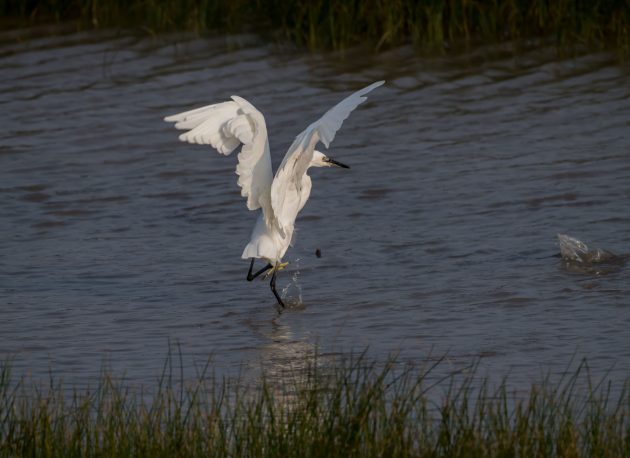
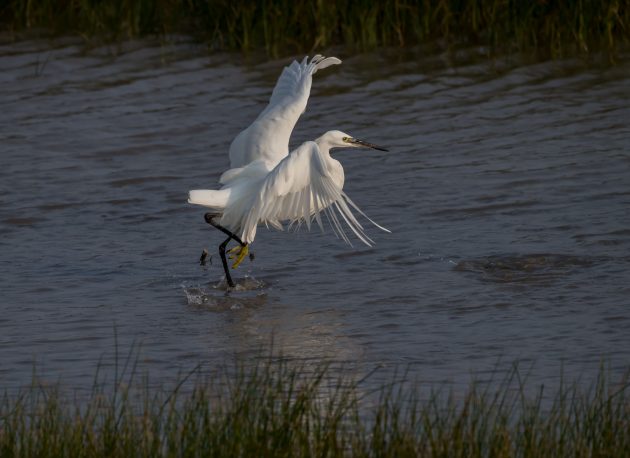
And it seems to work – the Little Egret shown here managed to catch about one small fish every minute or so, maybe benefiting from the fact that the fish were concentrated right along the seawall at high tide.
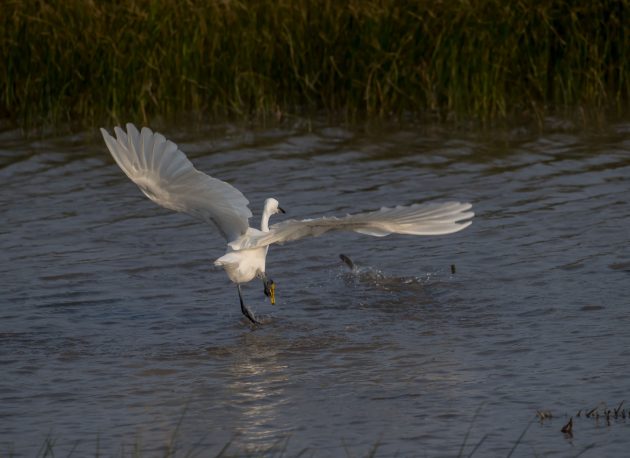
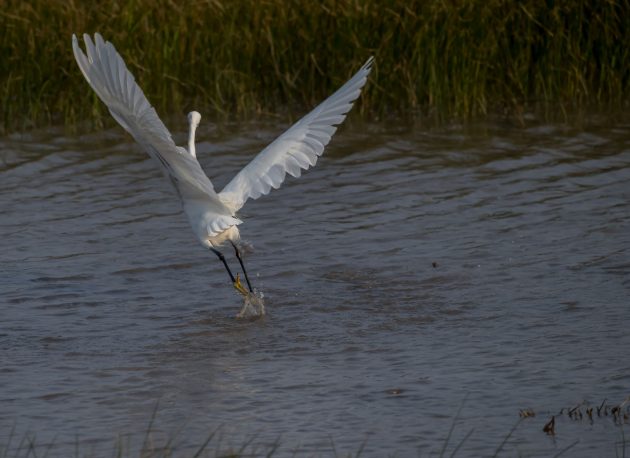
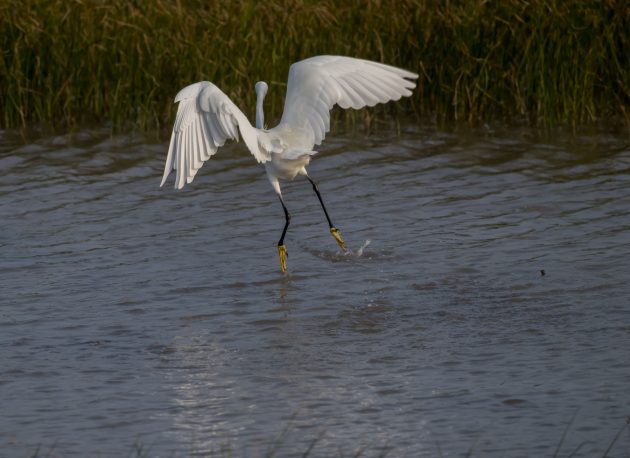
Indeed, Cornell also states “Overall, the feeding success rates of Little/Dimorphic Egret are relatively high compared to that of many other heron species.”
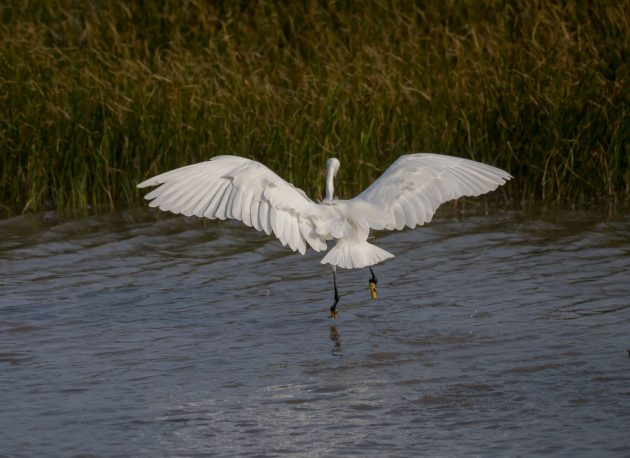
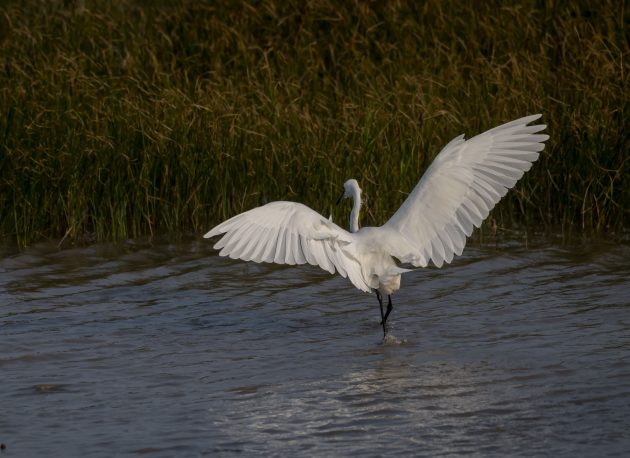
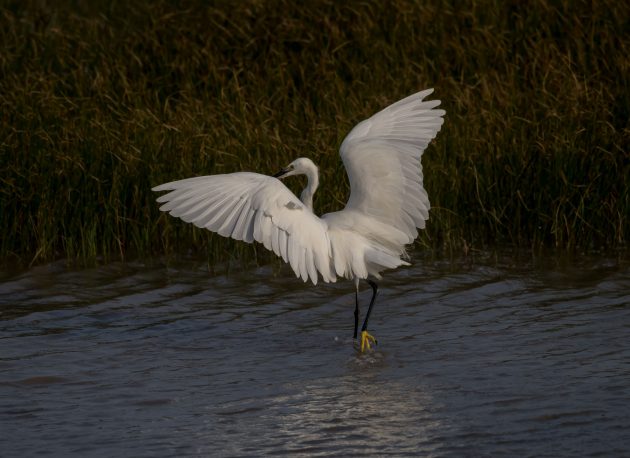
And while Donald Trump suggests that wind farms (which he calls windmills) cause cancer, the Little Egret is not bothered by them. A paper found that the distance to the wind farm didn’t affect the abundance of Little Egrets (source). So, if Mr. Trump is correct, many of them will die of cancer.
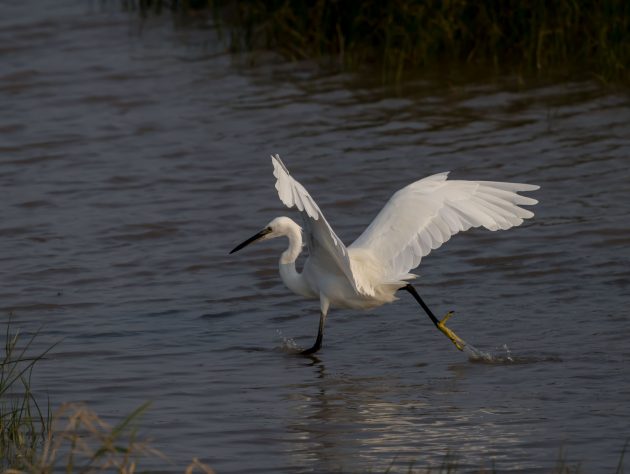
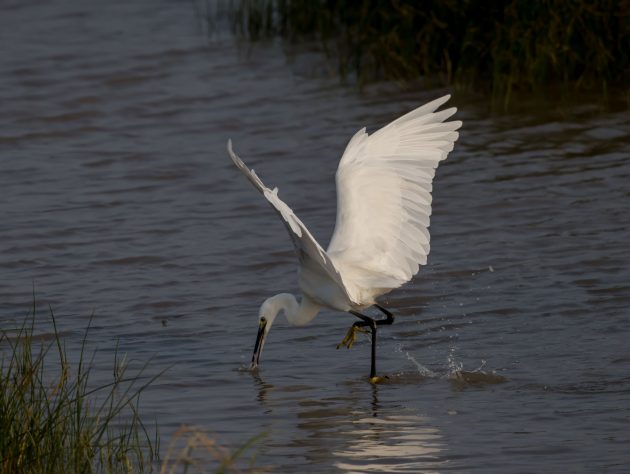
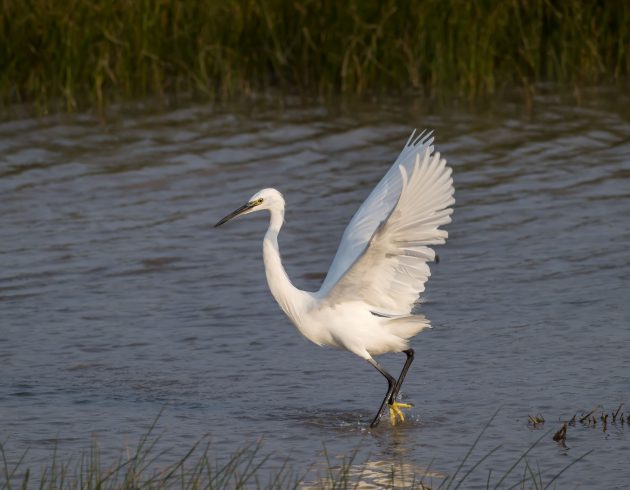
Both Mr. Trump and Little Egrets have a strong capitalist streak. Probably this does not need explaining for a real-estate developer who also sells bibles, watches, clothes, and many other things. For Little Egrets, what gives them away is their preference for commercial fishponds over other wetlands (source).
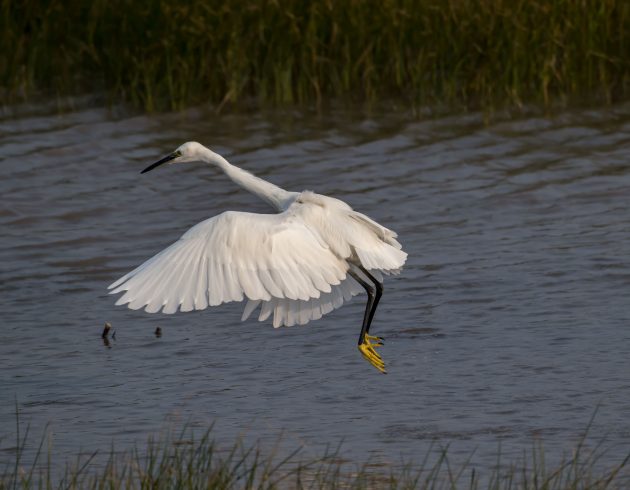
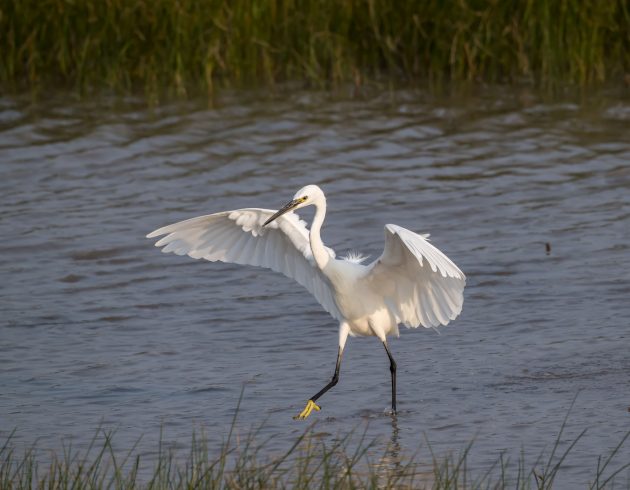
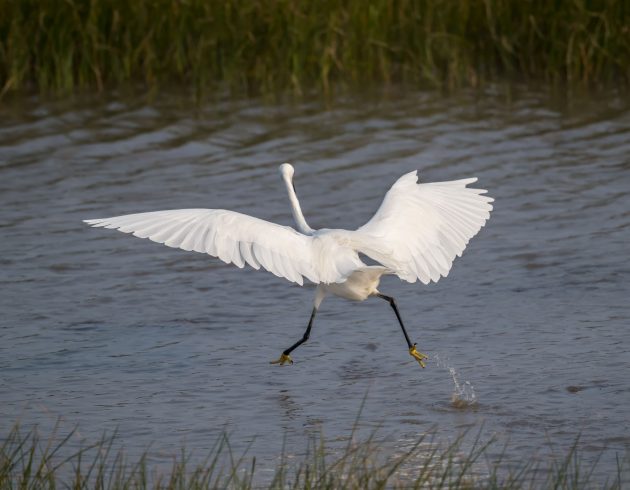
Unfortunately for the Little Egret, it also seems to be a useful bioindicator for heavy metal contamination, as a study done in Egypt shows.
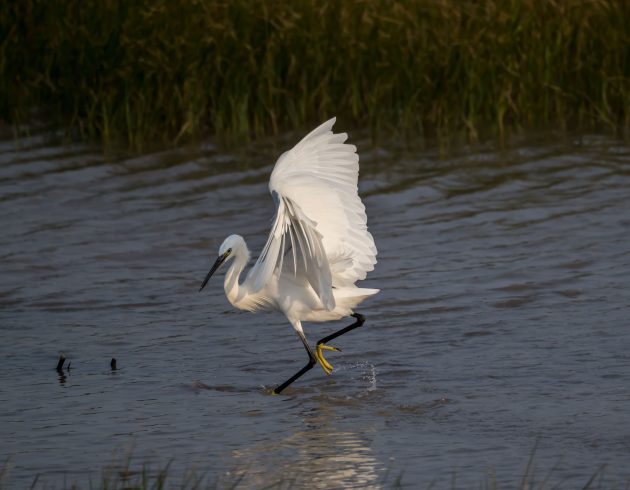
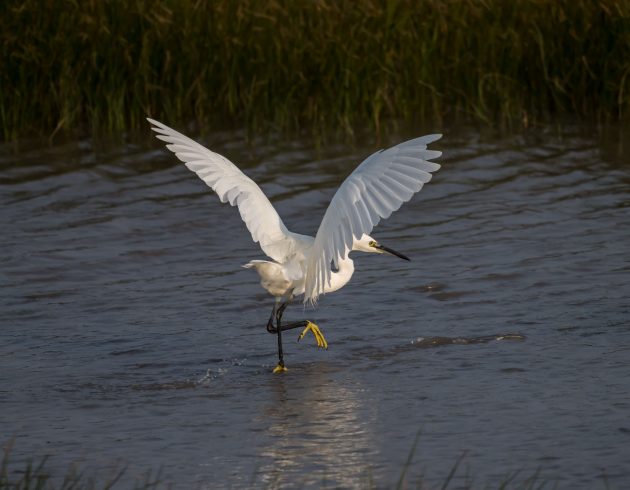
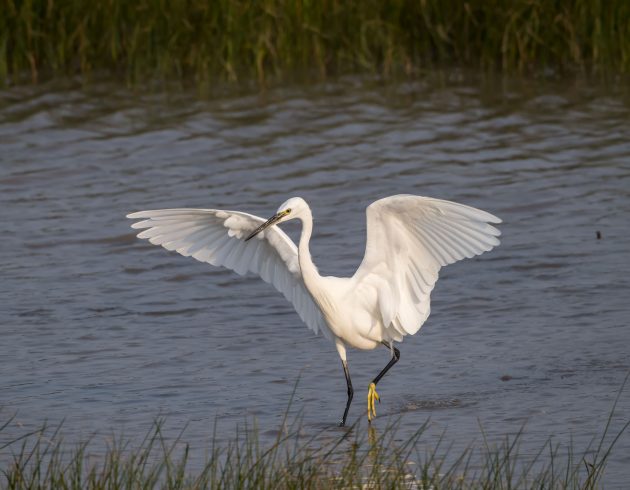
Yes, there should be another Little Egret factoid here to justify showing more photos. But there isn’t. Instead, just a photo sequence of a bird swallowing a fish. Take a look at the bird’s neck in the second last photo.
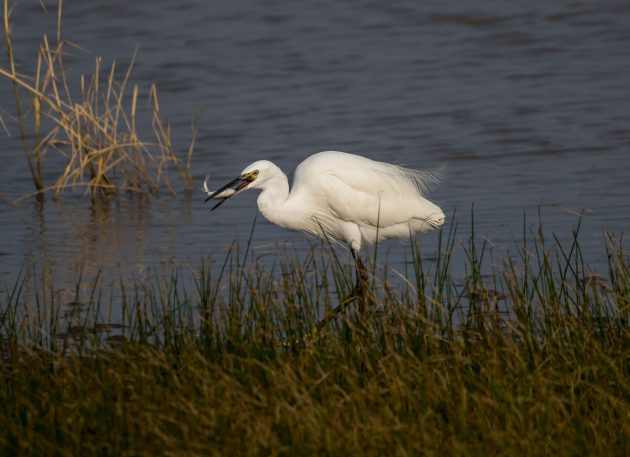
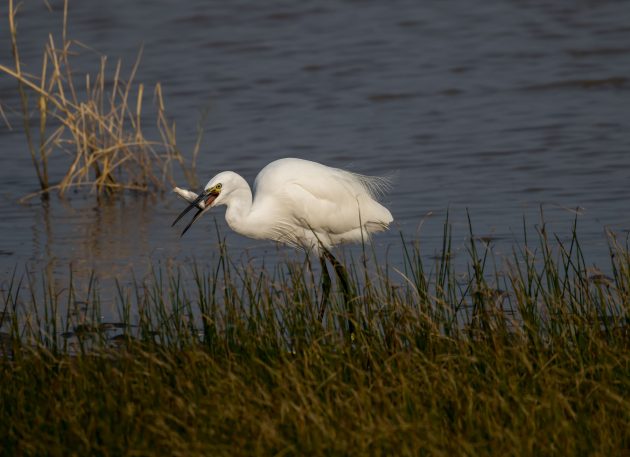
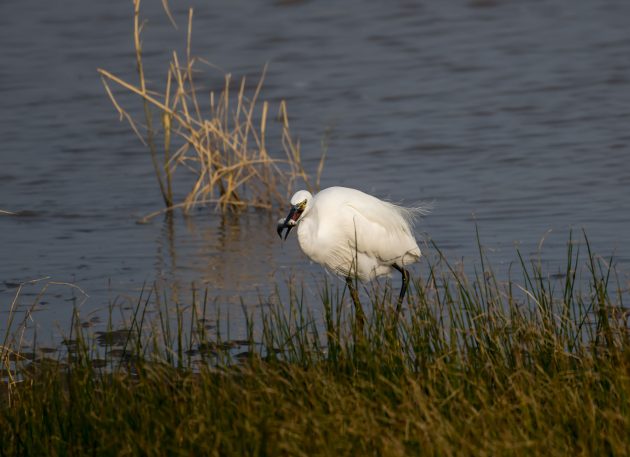
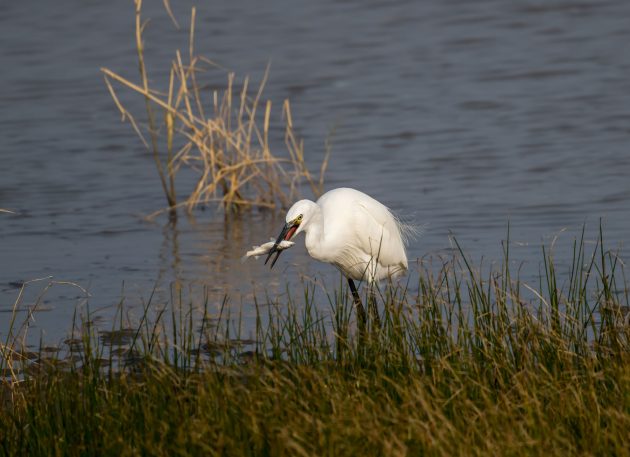
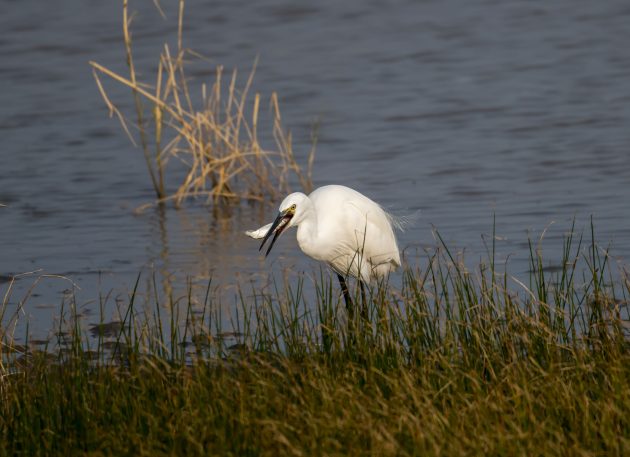
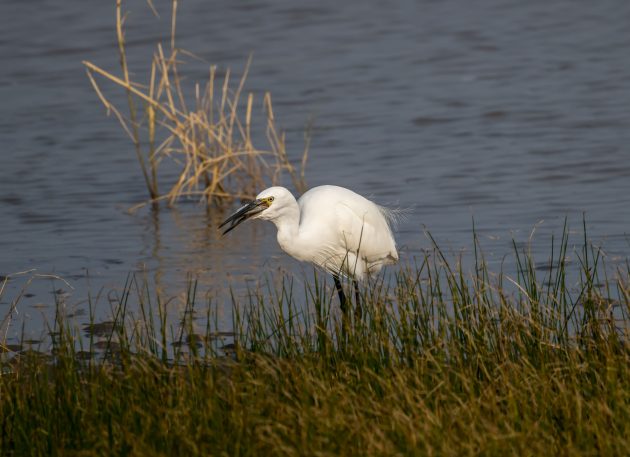
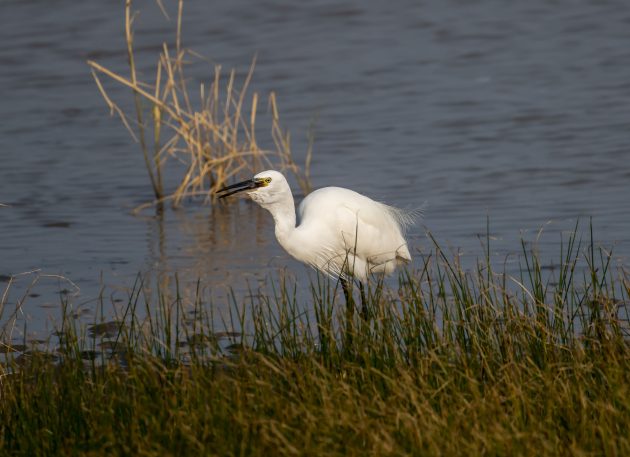
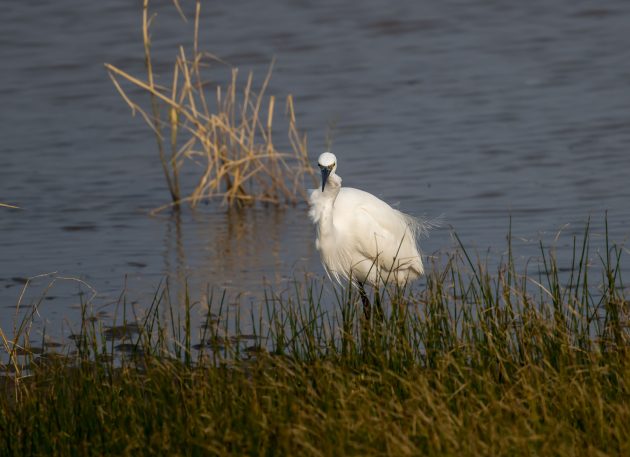
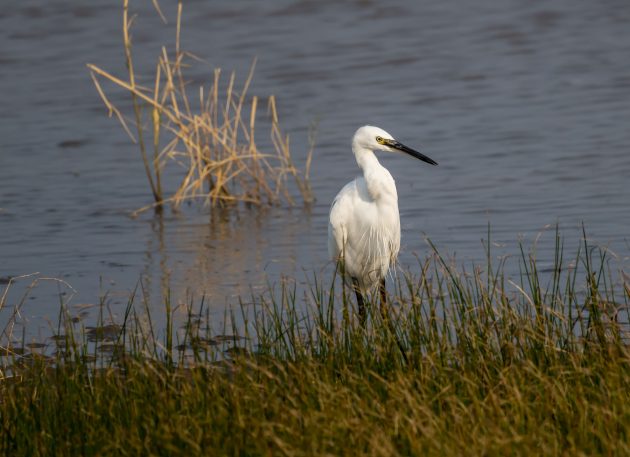













Leave a Comment